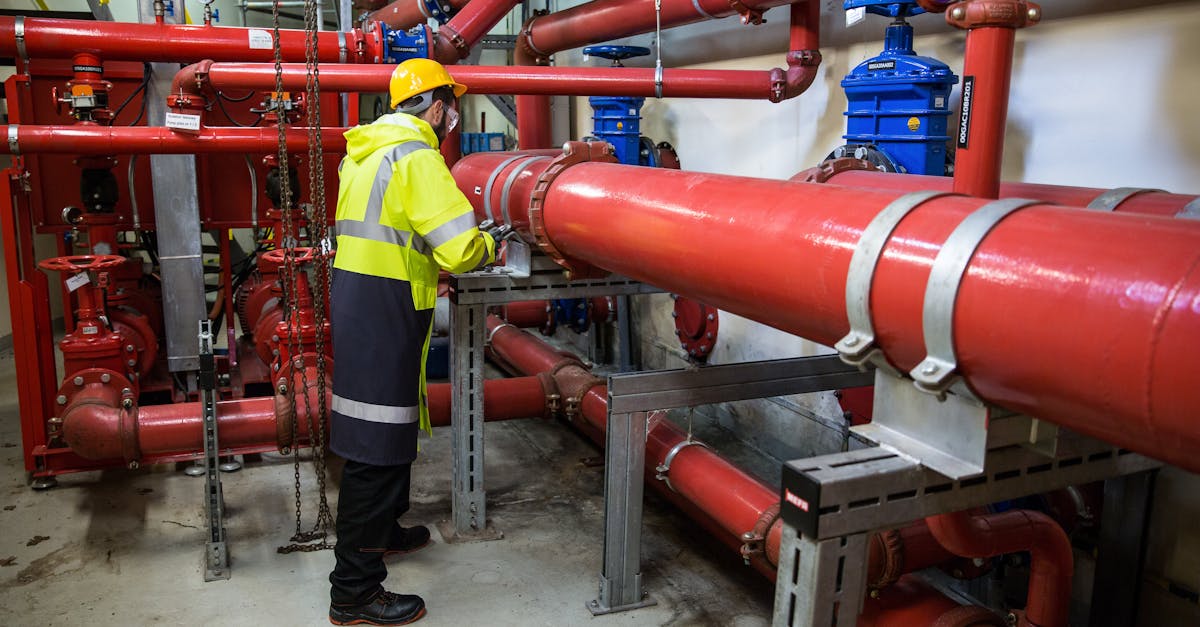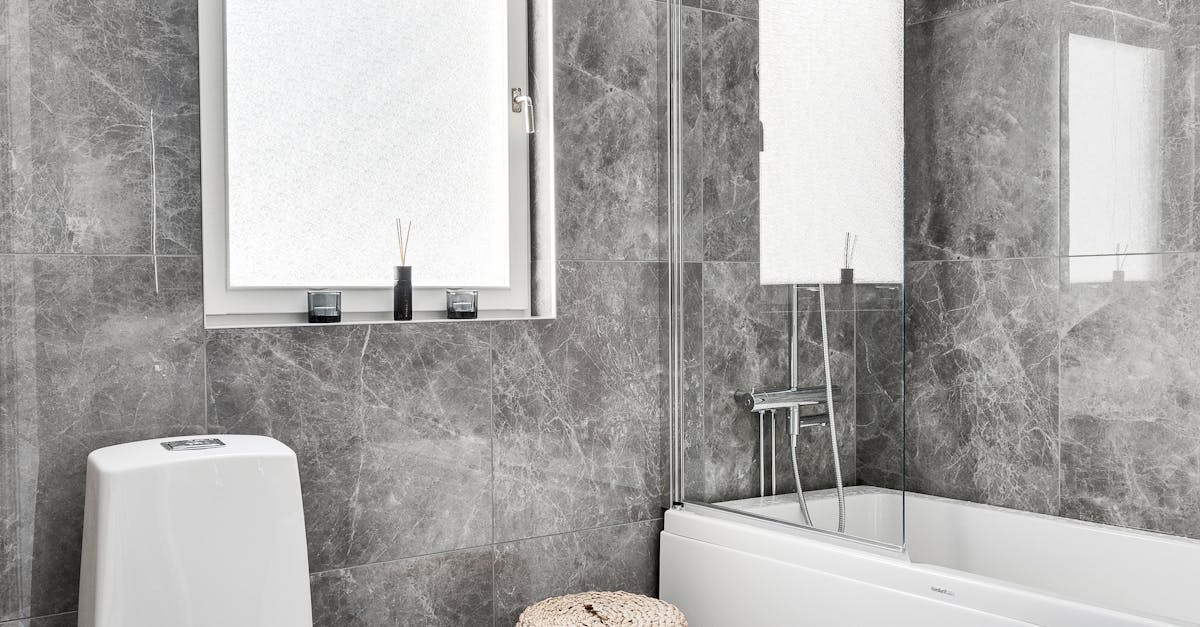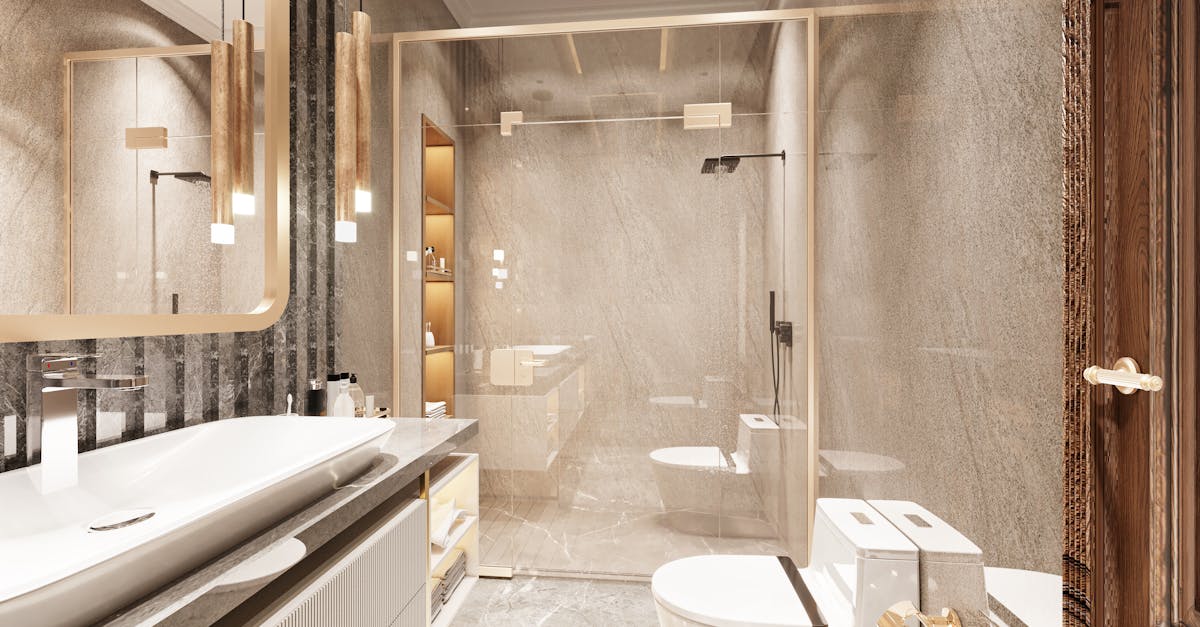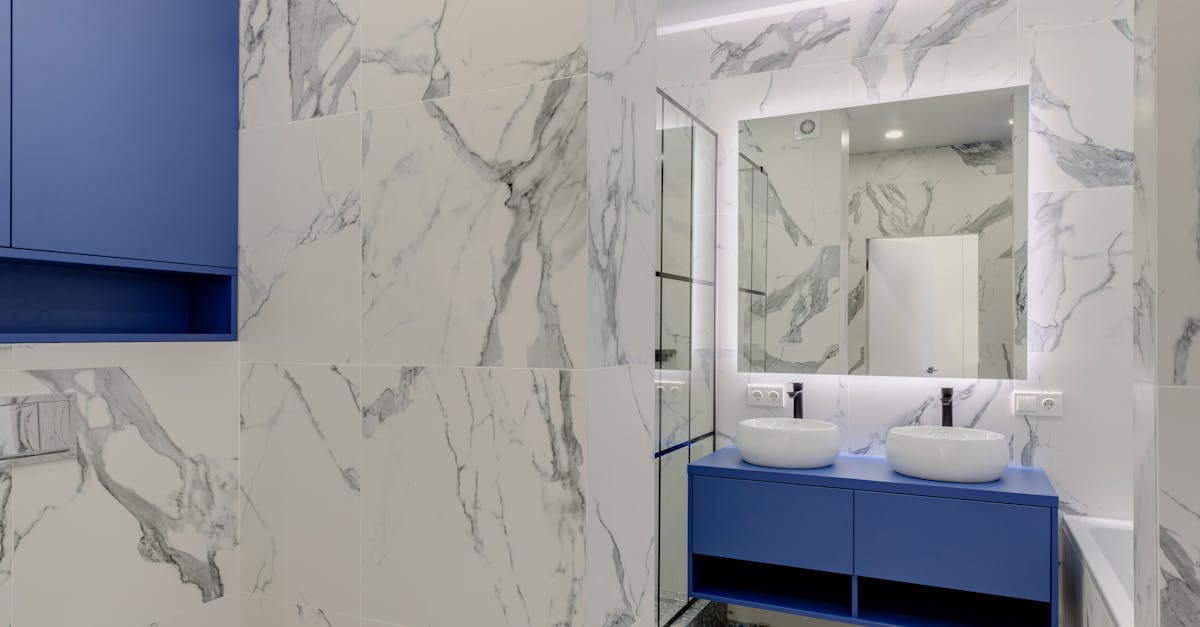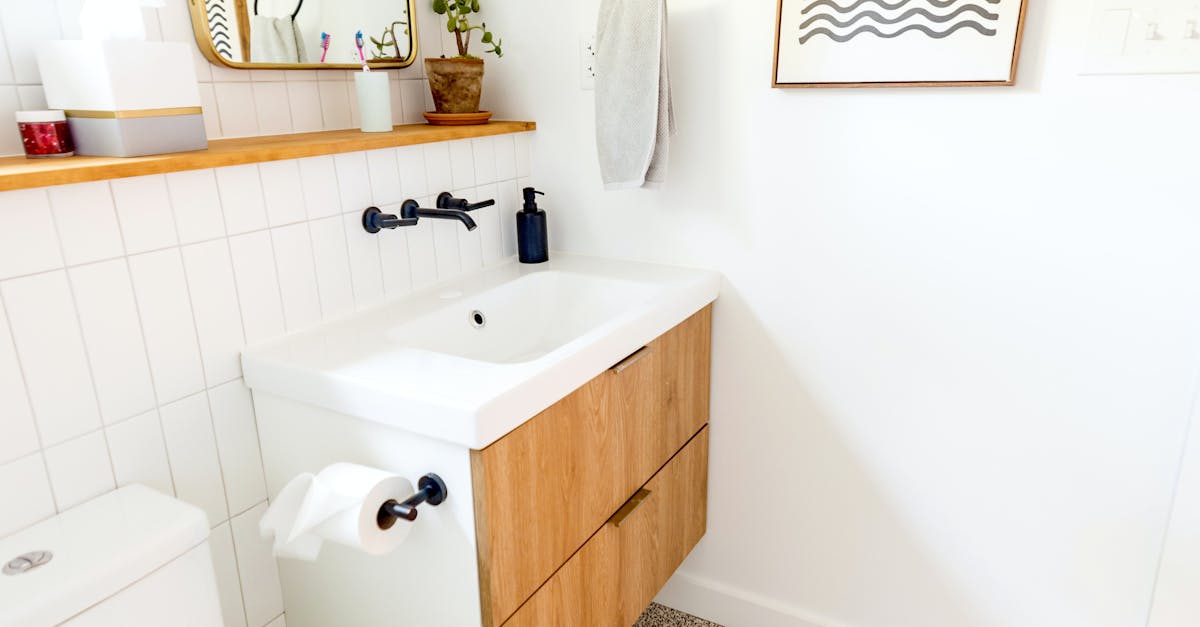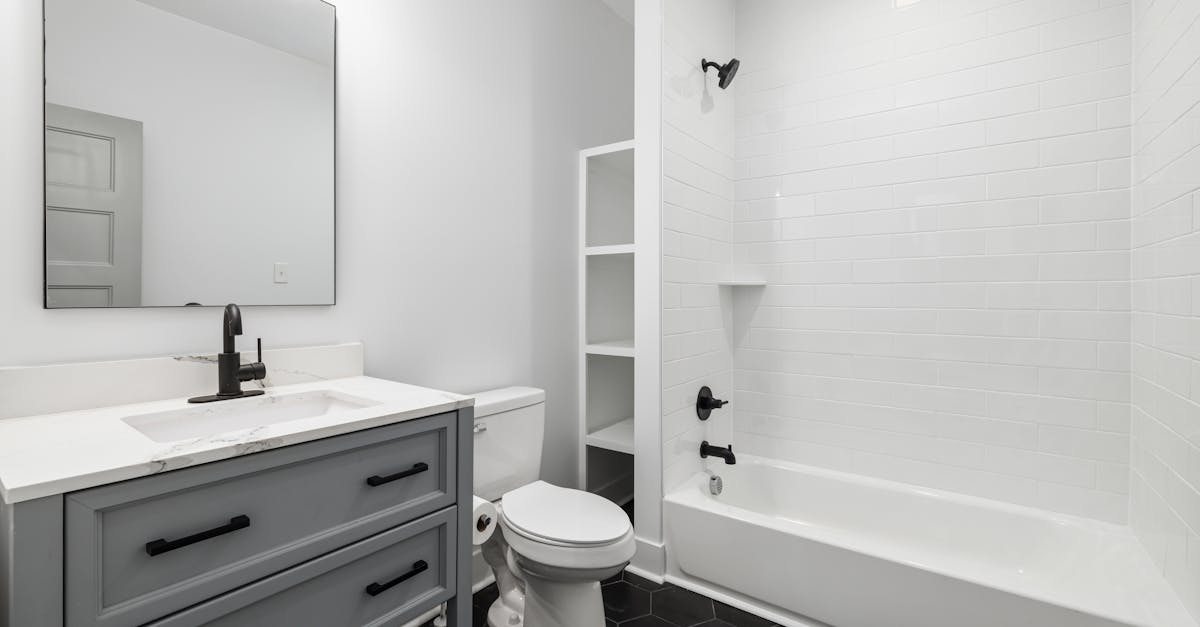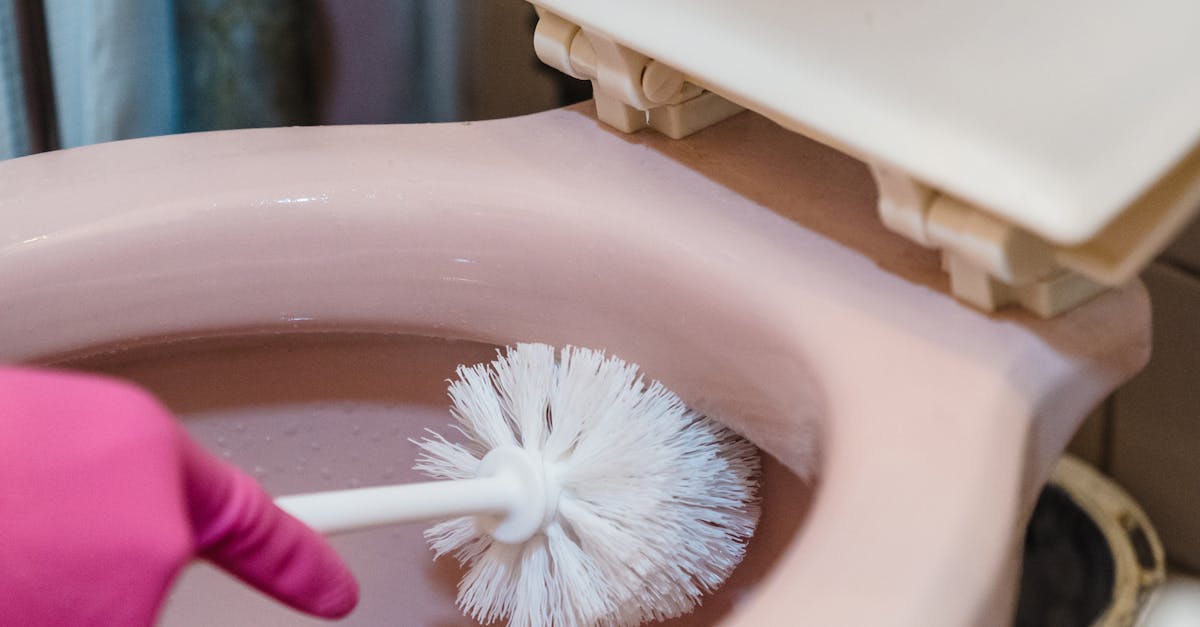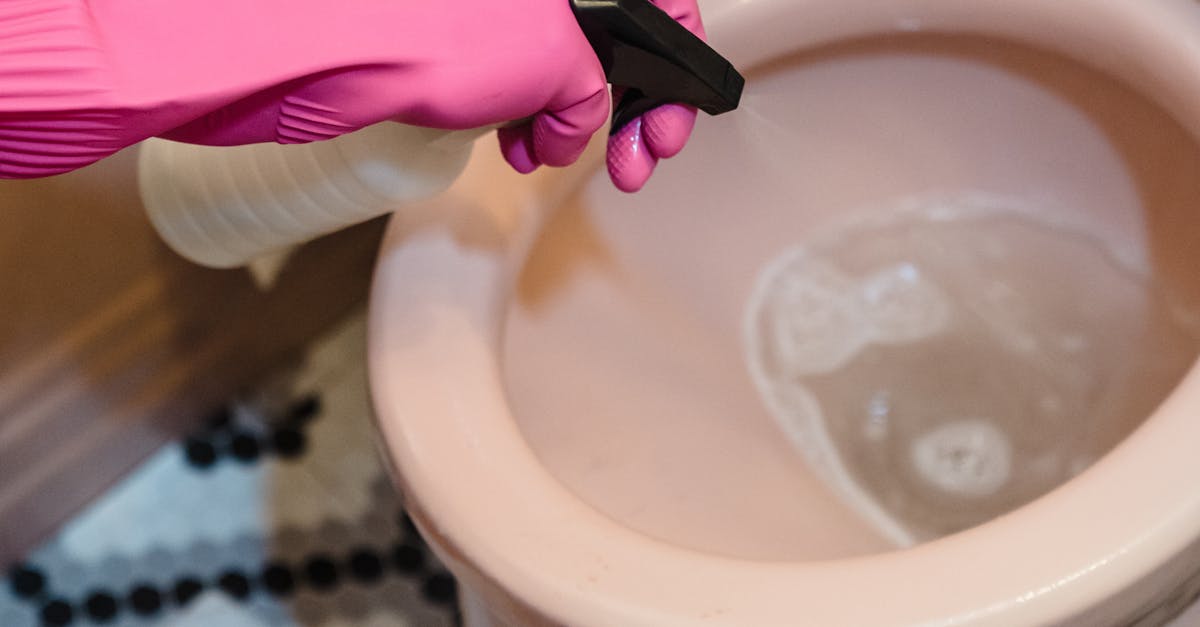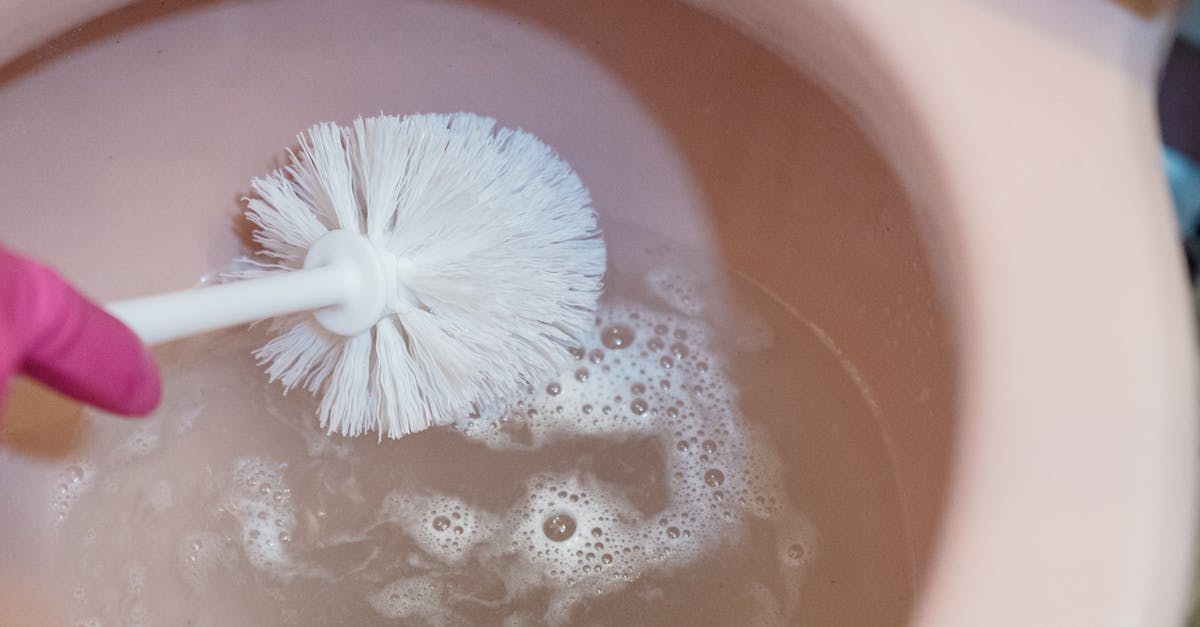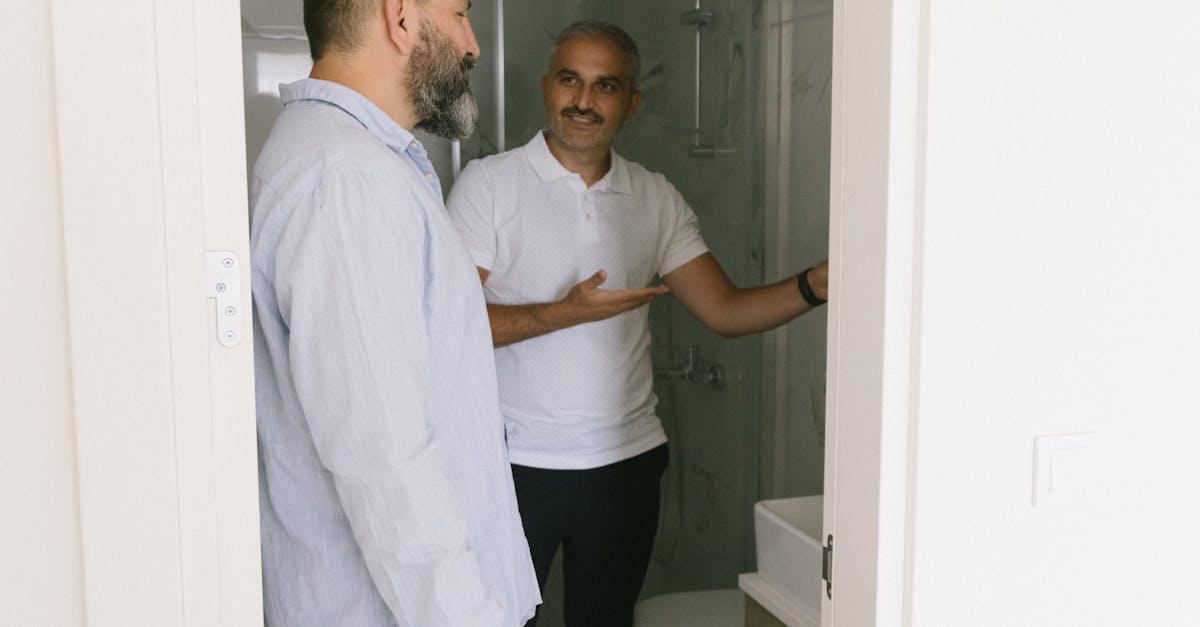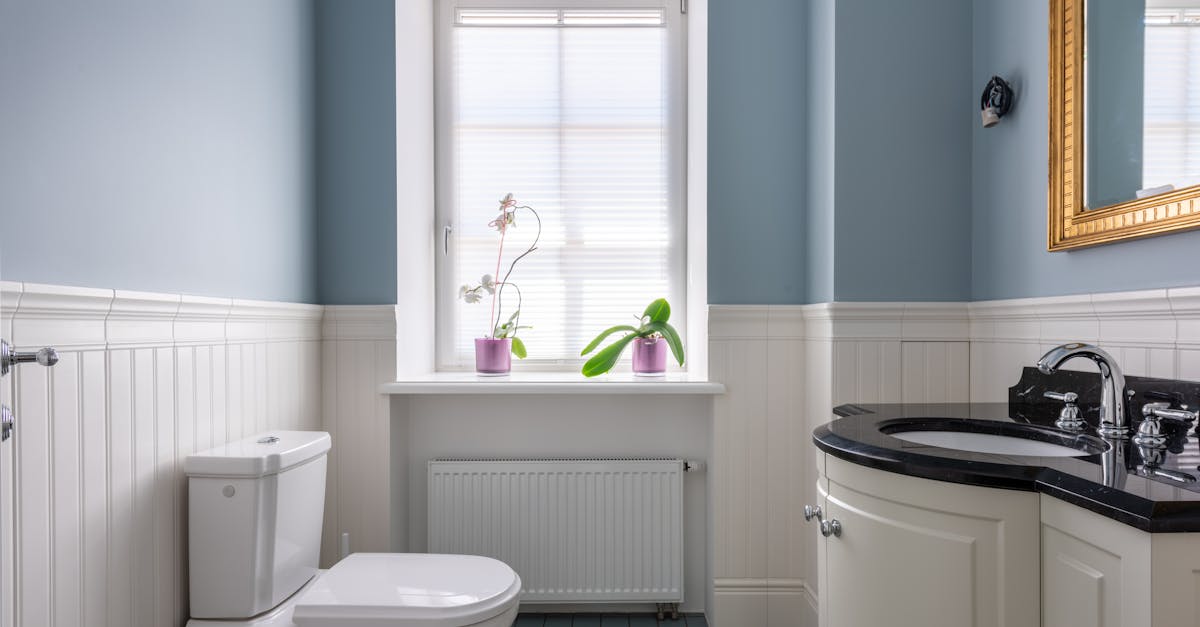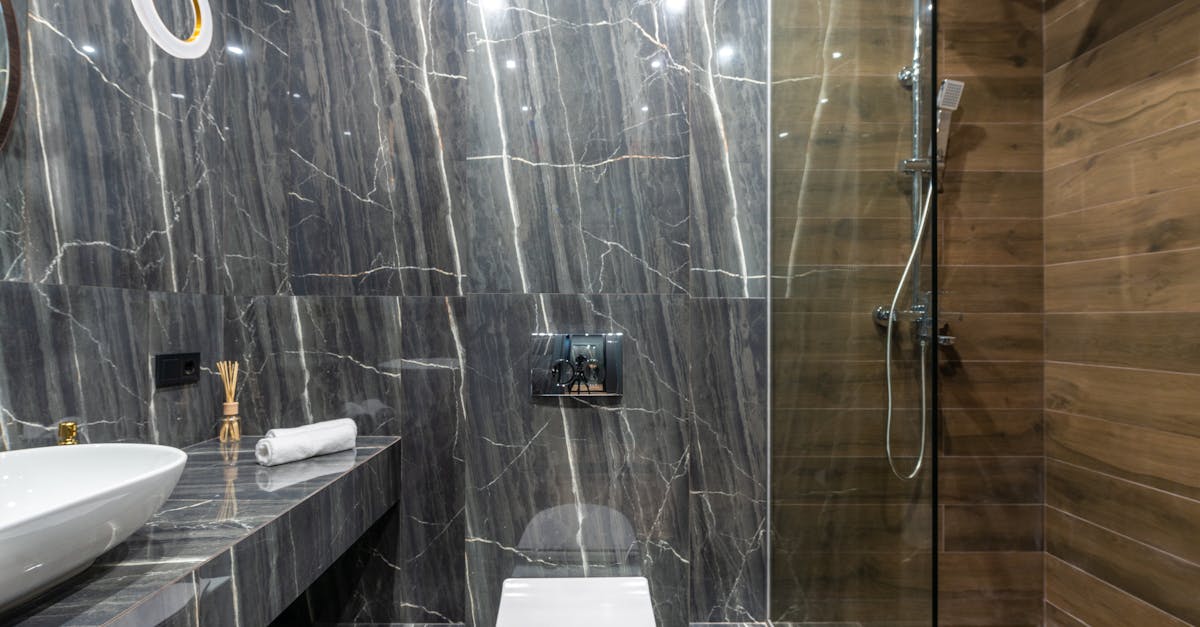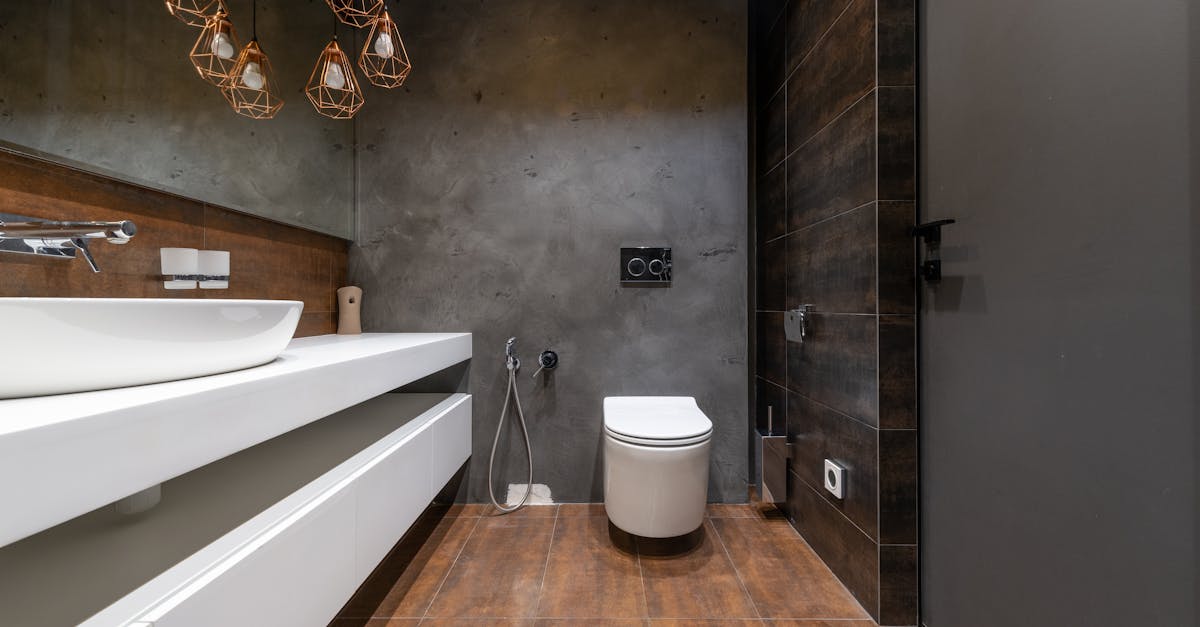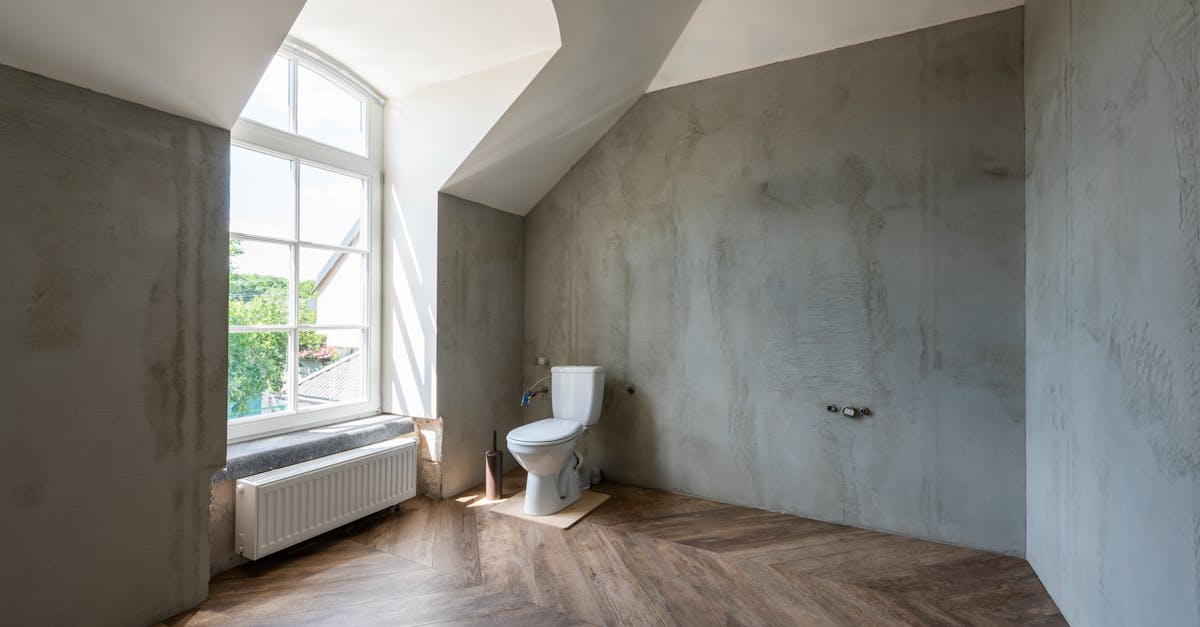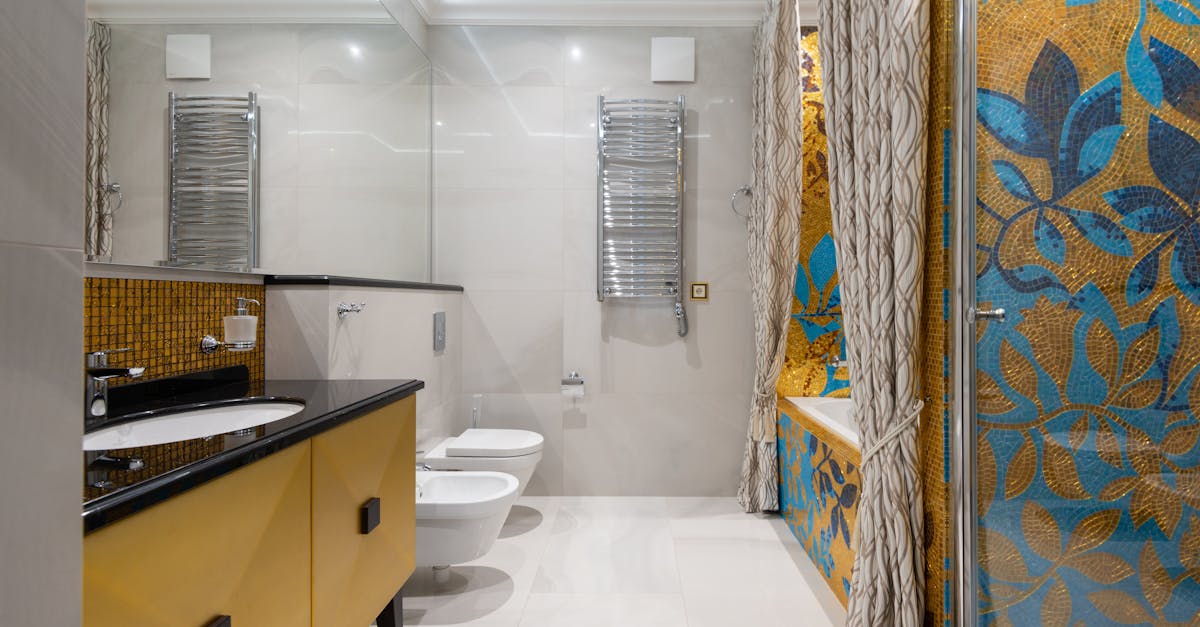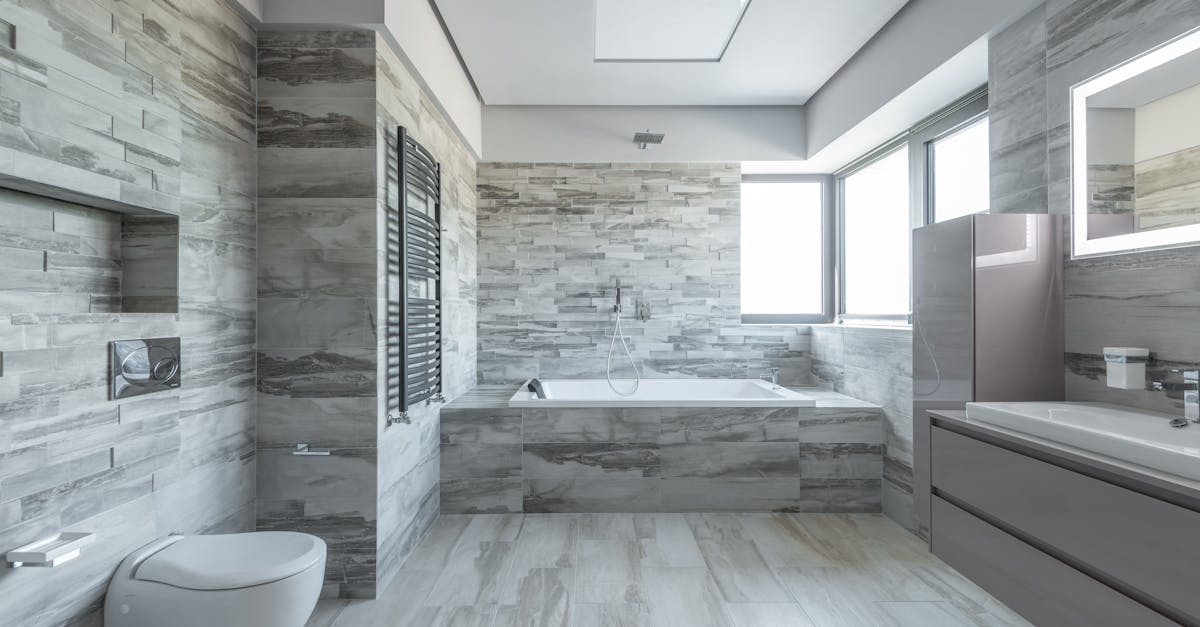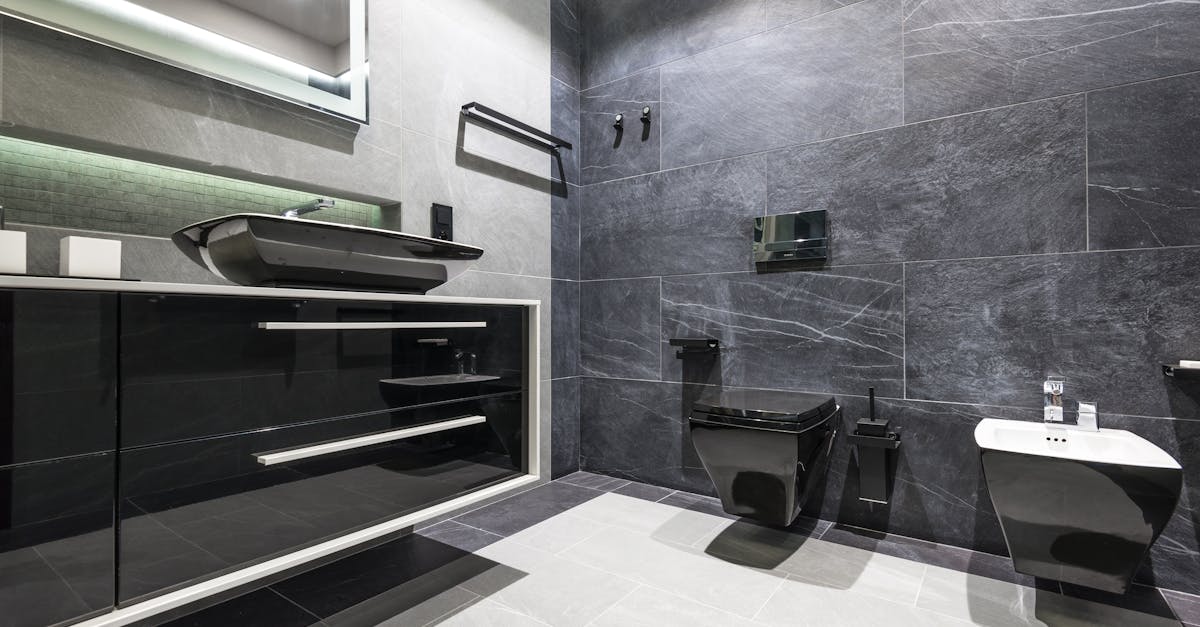
Table Of Contents
Cleaning the Toilet Parts
Regular cleaning of toilet parts is essential to ensure they function properly and efficiently. Mineral deposits and other build-up can affect components like the flapper and fill valve, causing the toilet to run intermittently. Using a combination of vinegar and baking soda can help dissolve these deposits. Regular maintenance not only enhances the performance of the toilet but also reduces the need for extensive toilet repairs later.
To effectively clean the internal parts of the toilet, it is advisable to turn off the water supply first. This prevents any mess while accessing the tank. Once the water is turned off, removing the tank lid provides access to the flapper, fill valve, and other mechanisms. A gentle scrub with a brush and a suitable cleaning solution can restore these components, making sure to rinse thoroughly afterwards. Keeping these parts clean is a crucial step in preventing issues that may lead to further toilet repairs down the line.
Importance of Regular Maintenance
Regular maintenance of your toilet is crucial for preventing issues that can lead to more significant problems and costly toilet repairs. Observing the toilet's performance routinely can help you identify early warning signs, such as persistent running or minor leaks. Staying vigilant about small changes can save time and money in the long run. Cleaning components, such as the flushing mechanism and the rubber seals, can enhance their longevity and effectiveness.
Moreover, understanding the components of your toilet allows you to address potential issues before they escalate. Simple tasks, such as tightening loose fittings and inspecting flush valves, can make a noticeable difference. Engaging in these maintenance practices not only ensures the efficient functioning of your toilet but also reduces the frequency of required repairs. Taking the time to regularly check on your toilet can lead to a more stable household environment.
Replacing Worn Components
Over time, components within a toilet can wear down, leading to inefficiencies and a constant running sound. Common culprits include the flapper valve, fill valve, and flush handle. These parts are crucial for ensuring that water only flows when necessary. If any of these components appear damaged or worn, replacing them can often solve issues with water running intermittently. Regular inspection of these essential parts can save both water and money on your utility bills while preventing the need for more extensive toilet repairs later on.
When considering replacement parts, it’s important to choose high-quality options that are compatible with your toilet model. Some signs that components may need to be swapped out include frequent noises from the tank, slow filling or water continuously leaking into the bowl. If you’ve attempted basic adjustments without success, it’s a good idea to proceed with replacing worn components. Taking this step ensures your toilet operates efficiently and contributes to the overall conservation of water in your home.
When to Consider New Parts
When addressing a toilet that frequently runs, it may be time to consider replacing worn components. Parts such as flappers, fill valves, and float assemblies can deteriorate over time due to constant exposure to water and wear from regular use. If simple fixes do not resolve the issue, investing in new parts could be a more effective solution. Evaluating the age and condition of these components will help determine if they are contributing to the problem.
Identifying clear signs of wear and tear can make the decision easier. For instance, if the flapper does not create a proper seal or if the fill valve continuously leaks, replacement may be necessary. Investing in quality parts not only aids in effective toilet repairs but can also prevent recurring issues. Understanding when to replace components can save time and money in the long run, ensuring a well-functioning toilet.
Using Dye Tests for Leaks
Using food dye or specially designed dye tablets can be an effective method to identify leaks in your toilet. A few drops of dye are added to the tank water. After waiting about 15 minutes, check the bowl for any discolouration. If the colour seeps into the bowl, this indicates that water is leaking from the tank into the bowl, which is a common issue leading to unnecessary toilet repairs.
This dye test is straightforward and requires minimal effort, yet it provides valuable insights into the condition of your toilet’s components. Should you notice any signs of leakage, it may be time to assess and replace worn parts to prevent further water waste. Regular checks using this method can help maintain your toilet’s efficiency and save on potential costs associated with more extensive toilet repairs.
How to Perform a Simple Test
To conduct a simple dye test, gather a few drops of food colouring and place them into the toilet tank. Wait for approximately 15 to 30 minutes without flushing. This method is effective for identifying any leaks from the tank into the bowl. If the water in the bowl changes colour, it indicates that the flapper valve may be faulty, which is a common issue that can necessitate toilet repairs.
Another technique involves inspecting the flush valve and the fill valve. After running the dye test, observe the water levels in the tank and the bowl. If the tank continuously refills after the dye test, a defective fill valve could be the culprit. Regular checks like these help maintain the toilet's proper function, reducing the need for extensive toilet repairs down the line.
FAQS
What causes a toilet to run intermittently?
A toilet may run intermittently due to various reasons, including a faulty flapper, a malfunctioning fill valve, or debris blocking the flush valve. Additionally, issues such as a worn-out float or a leaky tank can also contribute to the problem.
How often should I perform maintenance on my toilet?
It is recommended to perform maintenance on your toilet at least once a year. Regular checks can help identify potential issues before they become serious problems, ensuring your toilet operates efficiently.
When should I replace the parts of my toilet?
Consider replacing toilet parts when you notice signs of wear, such as frequent running, leaks, or constant adjustments needed to stop the flow of water. If parts are more than five years old or show visible damage, it may be time for replacements.
What are dye tests, and how do they help with toilet issues?
Dye tests involve adding food dye or coloured dye tablets to the toilet tank and observing if the colour seeps into the bowl without flushing. This helps identify leaks between the tank and bowl, indicating where repairs may be necessary.
Can I fix a running toilet myself, or should I call a plumber?
Many issues with running toilets can be fixed by DIY methods, especially if you are comfortable with basic plumbing tasks. However, if you encounter complex problems or are unsure, it's best to consult a plumber for professional assistance.
